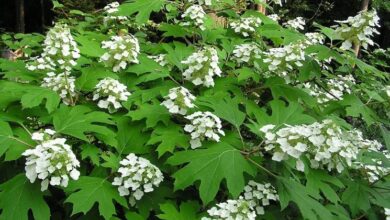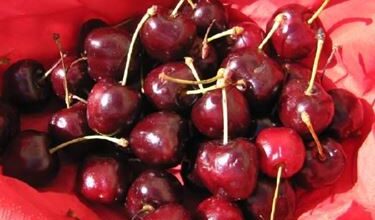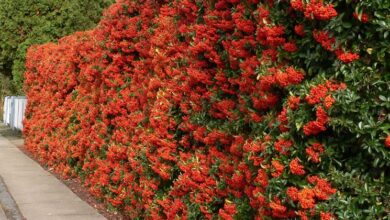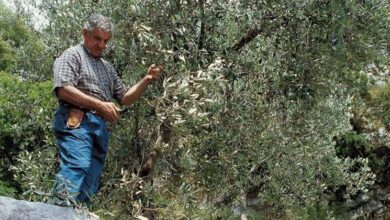Pitosphorus
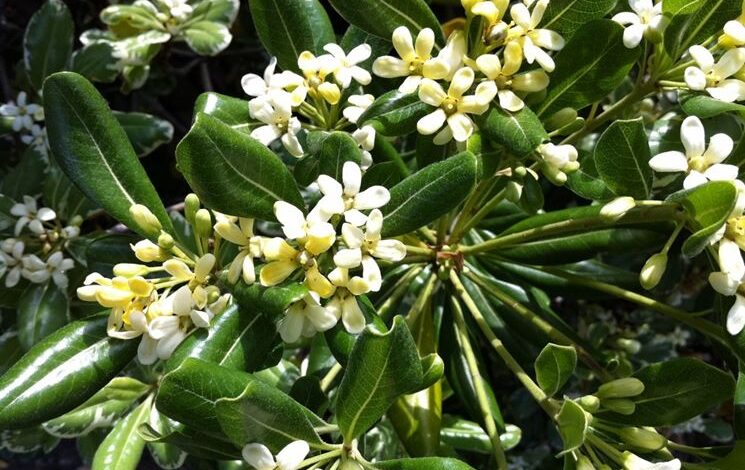
The irrigation of pittosporum
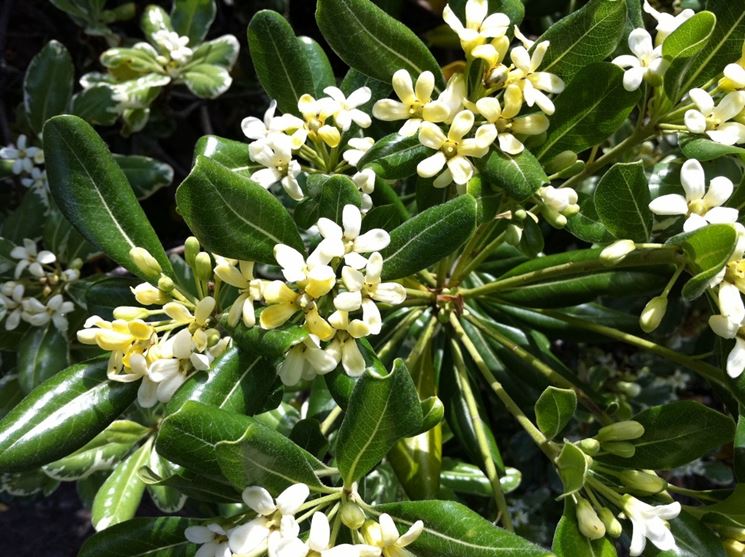
How to cultivate
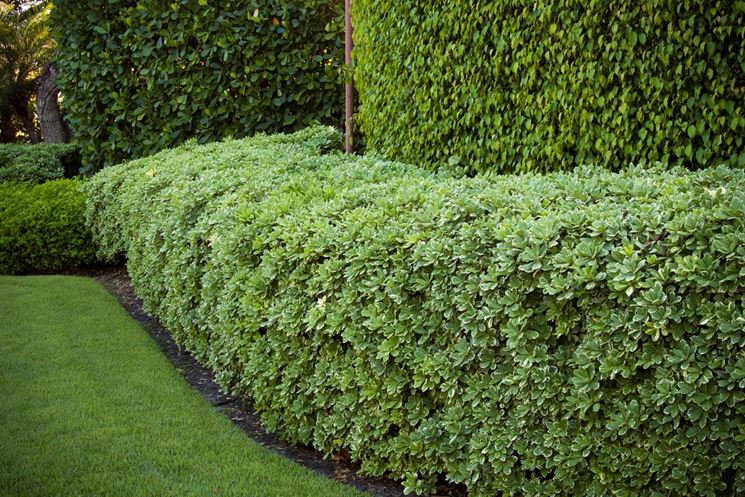
For the pittosporum a fertile and well drained soil is necessary; common garden soil is also fine, as long as it is mixed with peat and a small amount of sand. The multiplication can take place by cuttings or by sowing: in both cases it is necessary to proceed in a special container, so as to better monitor the initial growth of the plant, and to carry out the transplant in the garden after about a year. Mulching the soil, immediately after planting, is convenient to improve its physical and chemical characteristics and, consequently, to guarantee more favorable conditions for the cultivated specimen. Pruning should be performed every year, but only to eliminate dry and diseased branches and to give the plant a regular shape, cutting off the protruding parts.
Fertilization
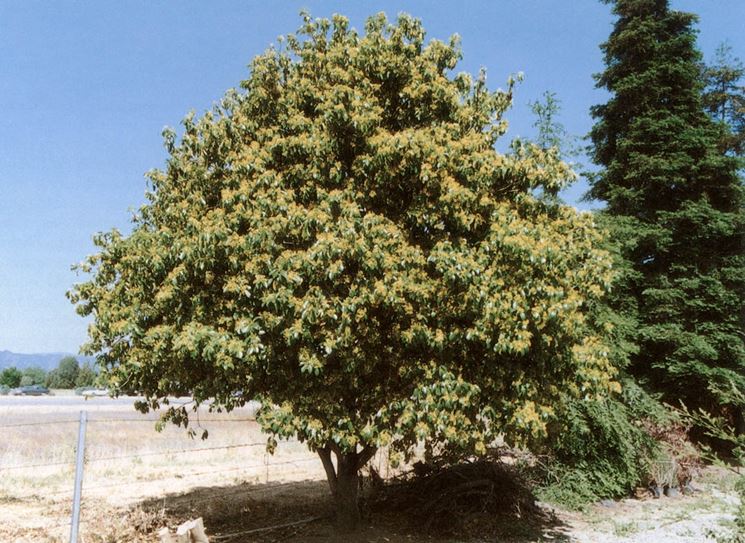
The pittosporum does not need frequent fertilizations; the operation must be carried out once a year, in spring, with natural products such as manure or with slow-release granular fertilizers, containing the three fundamental macro-elements in a balanced way. The latter are nitrogen, potassium and phosphorus: each of them plays a very important role in the development of the plant. The first, in fact, is essential for a correct growth of tissues and vegetative parts, which is why, among other things, it must never be administered in excess; the second intervenes in the synthesis of proteins and in the absorption of sugars; the third, finally, ensures support for the metabolism. You should never run into a nitrogen, phosphorus or potassium deficiency,
Pitosforo: Exposure and parasites
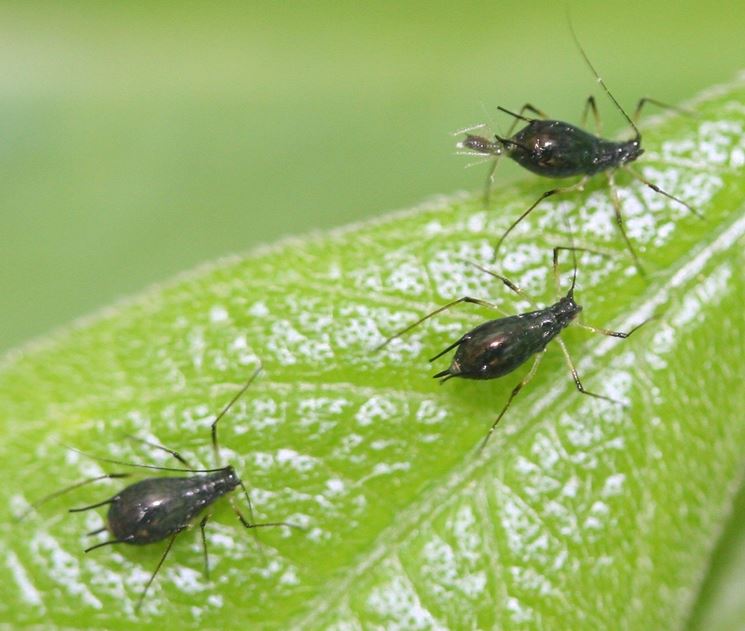
The suggested exposure is bright, hit directly by the sun’s rays; it is important, however, that the plant is placed sheltered from the elements. Aphids and scale insects are among the most common and feared parasites, as both cause serious damage: the former feed on the sap and steal the nutrients it needs from the affected specimen, while the latter cause yellowing of the leaves and , in the most extreme cases, their fall. Against these parasites, natural remedies such as nettle macerate and white mineral oil are recommended, effective and easy to obtain. Among the fungal diseases we should mention the fumaggine, which manifests itself with a sort of mold on the foliage; the plant undergoes a progressive deterioration, but can be saved with a simple infusion of horsetail.

